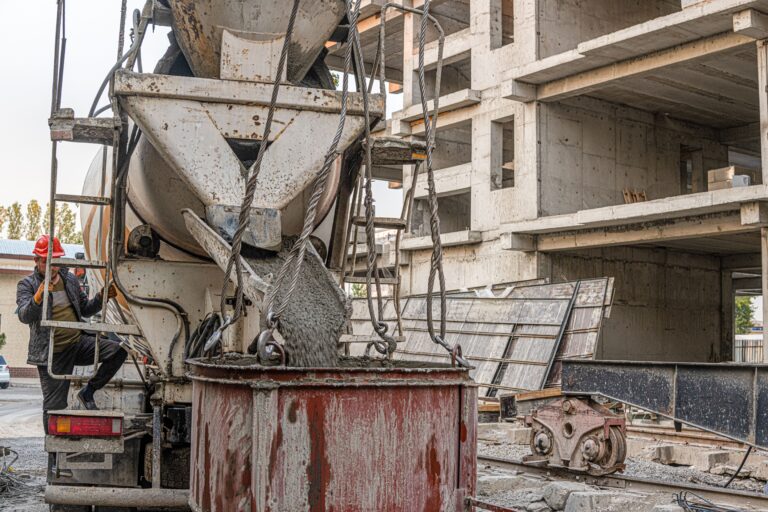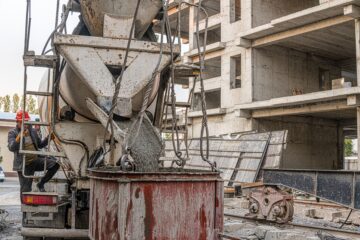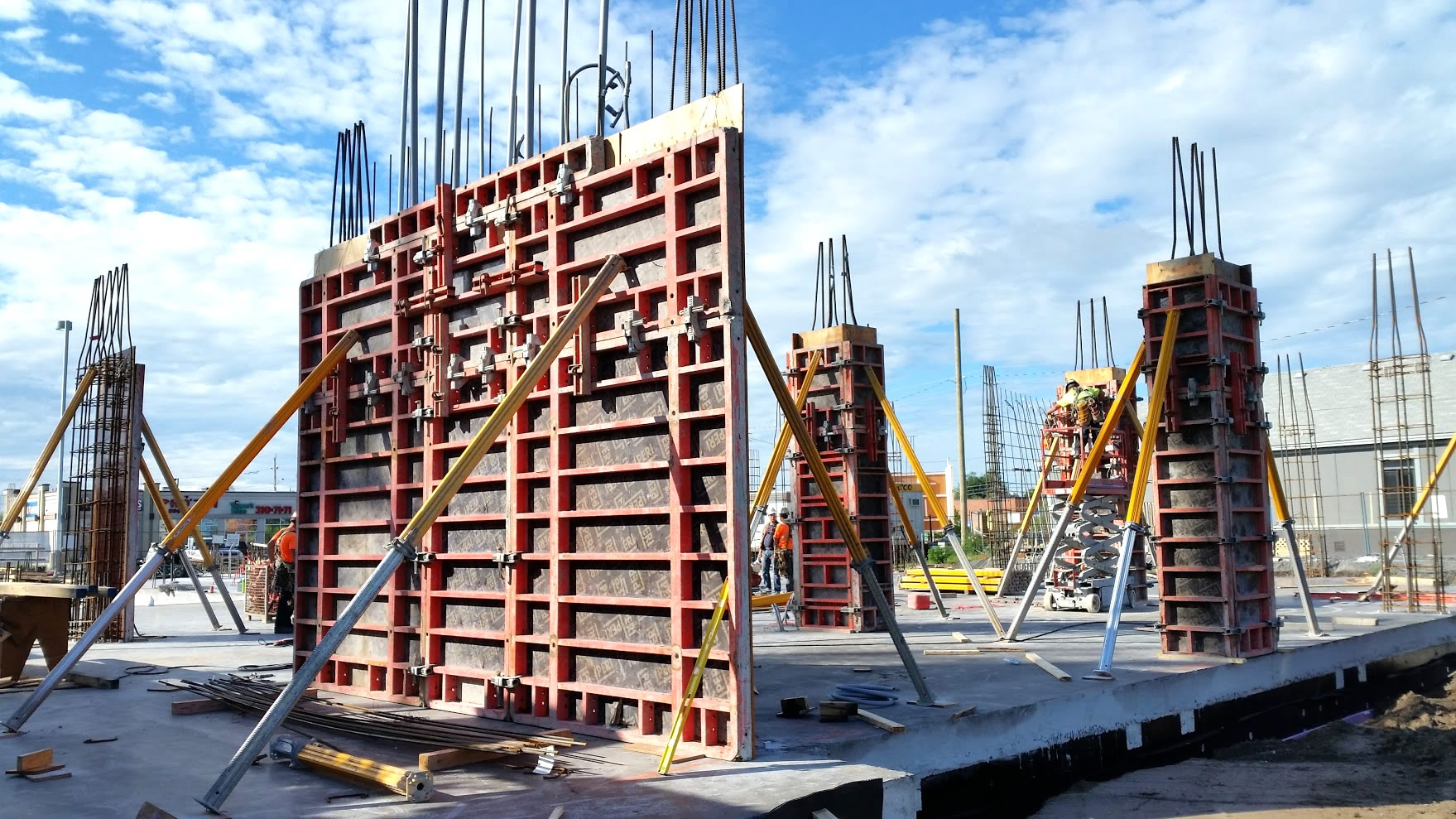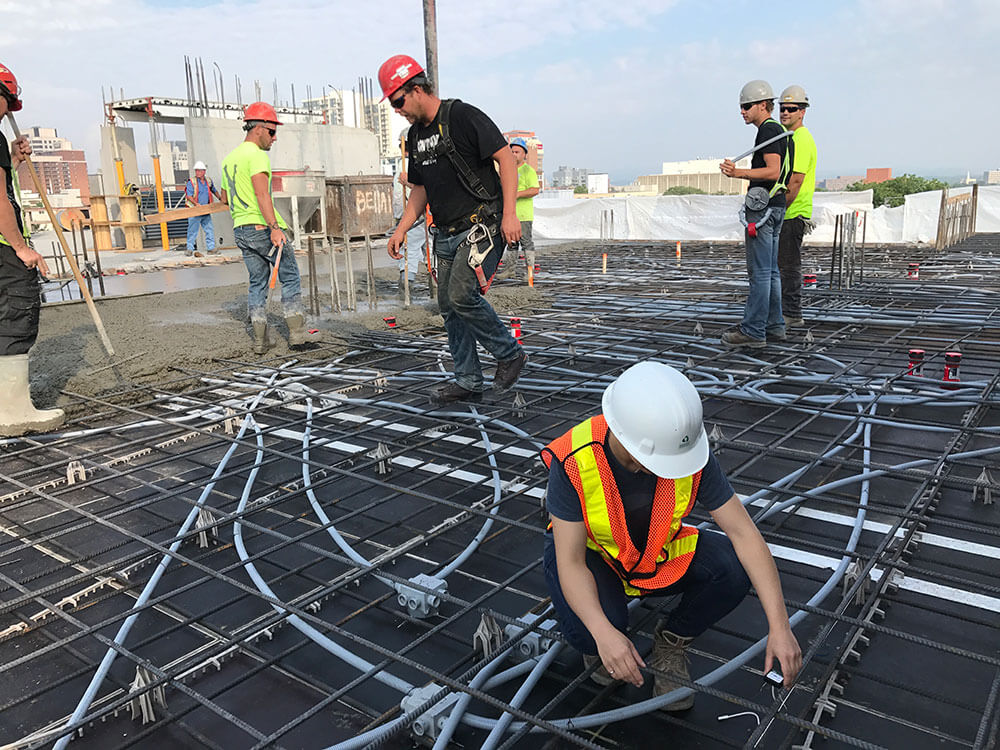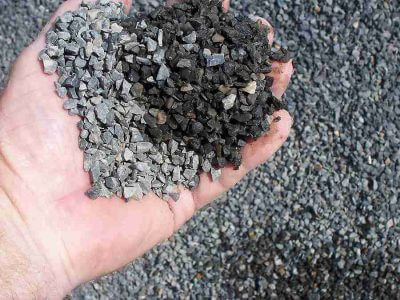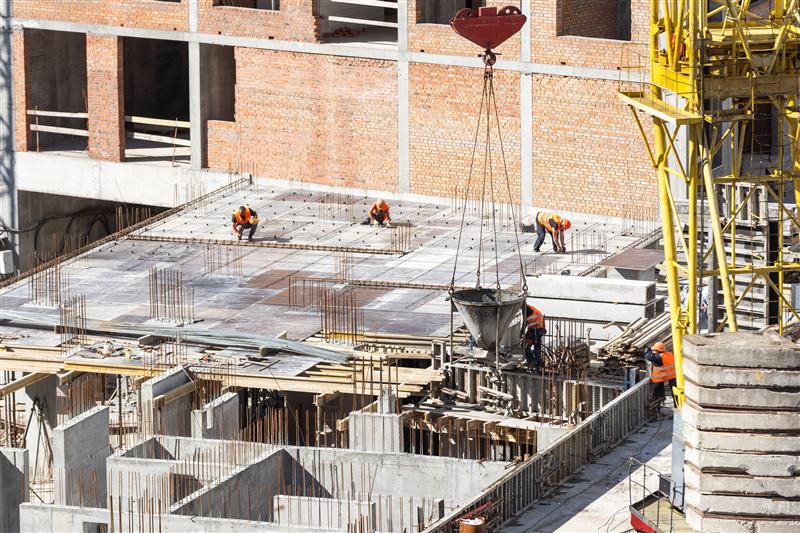Germany has long been known for its rigorous engineering and construction standards, and its concrete regulations are no exception. Recent updates to DIN 1045-2 and DIN 1045-3 reinforce the importance of precision and performance on every jobsite.
Big Projects Deserve Better Protection
Whether you’re a contractor, engineer, or a quality control manager, understanding these standards is essential for delivering safe, durable, and compliant structures. This blog breaks down Germany’s core concrete standards and explains how real-time monitoring tools like Giatec’s SmartRock™ can support compliance.
Overview of Key Standards
Concrete production and testing in Germany are governed by a combination of European and national regulations:
- EN 206: The overarching European standard for concrete specification and conformity.
- DIN 1045-2: Covers concrete mix design, material properties, and classification.
- DIN 1045-3: Details requirements for curing, testing, and production control.
- EN 1992-1-1 (Eurocode 2): Provides structural design rules for reinforced and prestressed concrete.
These documents form the foundation of concrete specification, testing, and design in Germany, aligning with European practices while incorporating national requirements.
Want to learn more about Saudi Arabia Concrete Standard? Read more here!
Units of Measurement and Testing Formats
Germany uses the metric system throughout its standards. Common units include:
- Compressive Strength: Newtons per square millimetre (N/mm²)
- Temperature: Degrees Celsius (°C)
- Dimensions: Millimetres (mm)
For compressive strength testing, specimens typically include:
- Cubes (150x150x150 mm or 100x100x100 mm)
- Cylinders (e.g., 150×300 mm)
- Grout cubes for specialized applications
On-site testing usually requires one cube per 100 m³ of concrete, while production facilities adhere to more frequent and detailed testing protocols.
Curing conditions are standardized at 20°C ±1°C and >90% humidity, following quality control guidelines.
Early-Age Strength and Maturity Monitoring
Germany references BS EN 12390 for calculating early-age strength. The method uses cement-specific coefficients (βcc) to model strength development. For example:
- Rapid-hardening cement (R): βcc = 0.20
- Normal cement (N): βcc = 0.25
- Slow-hardening cement (S): βcc = 0.38
This approach allows project teams to predict strength development, plan formwork removal, and optimize construction timelines.
Using wireless sensors like SmartRock to monitor concrete through the Maturity Method provides real-time insights into in-situ concrete strength, supporting more flexible and data-driven decision-making.
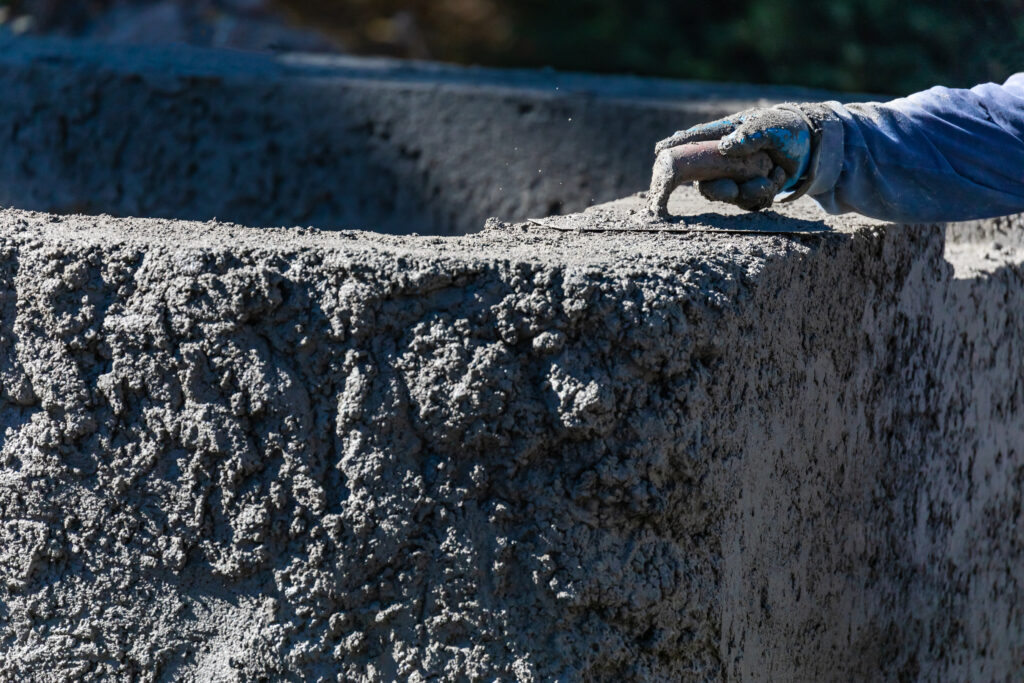
Curing Periods and Exposure Conditions
Updated in DIN 1045-3, curing requirements are now adjusted based on exposure class and ambient temperature. General guidance includes:
- 15–25°C: Curing period of 1 to 5 days
- : Extended curing period required to maintain hydration
The standard also provides detailed tables linking exposure classes with curing durations, giving project managers clear direction for meeting durability requirements.
Formwork Stripping: A Shift Toward Flexibility
Rather than relying solely on fixed timelines, formwork stripping now incorporates maturity and early-age strength data. According to ENV 13670-1:2009, formwork may be removed once concrete reaches a specific strength threshold, improving both safety and efficiency.
Big Projects Deserve Better Protection
Hot and Cold Weather Considerations
Weather conditions play a significant role in concrete performance.
Cold Weather Guidelines:
- Concrete must maintain a minimum of 5°C until it reaches 5 MPa in strength
- Avoid water curing if freezing is expected
Hot Weather Guidelines:
- Maximum mix temperature: 30°C unless thermal safety is proven
- Use cooled water or aggregates to manage temperature
Tools like SmartRock help teams track internal temperatures and adjust curing strategies in real time, ensuring compliance even in extreme conditions.
Mass Concrete and Thermal Monitoring
Mass concrete is defined by thermal behaviour rather than size alone. Internal temperature rise must be carefully monitored to prevent cracking due to thermal gradients. SmartRock sensors support this by providing continuous temperature data at multiple depths, helping identify potential risk zones and plan cooling strategies accordingly.
Real-Time Compliance with SmartRock™
SmartRock sensors are fully compatible with German and European concrete standards, including:
- BS EN 12390: Enables strength estimation through continuous maturity monitoring
- DIN 1045-3: Supports curing verification by tracking in-place concrete temperatures, ensuring curing durations align with the required exposure classes and temperature thresholds outlined in the standard
Benefits include:
- Real-time strength and temperature tracking
- Improved decision-making for formwork removal
- Documentation to support quality control audits
SmartRock enables teams to respond quickly to environmental and structural conditions, reduce reliance on lab testing, and maintain compliance across diverse projects.
See how SmartRock compares to traditional maturity meters! Read our case study here!
Conclusion
Germany’s updated concrete standards reflect the industry’s ongoing shift toward precision, performance, and sustainability. With evolving requirements for curing, maturity, and exposure management, construction professionals must stay informed and adaptable. Giatec’s SmartRock provides the tools needed to meet these challenges, helping teams optimize schedules, enhance safety, and build with confidence.
